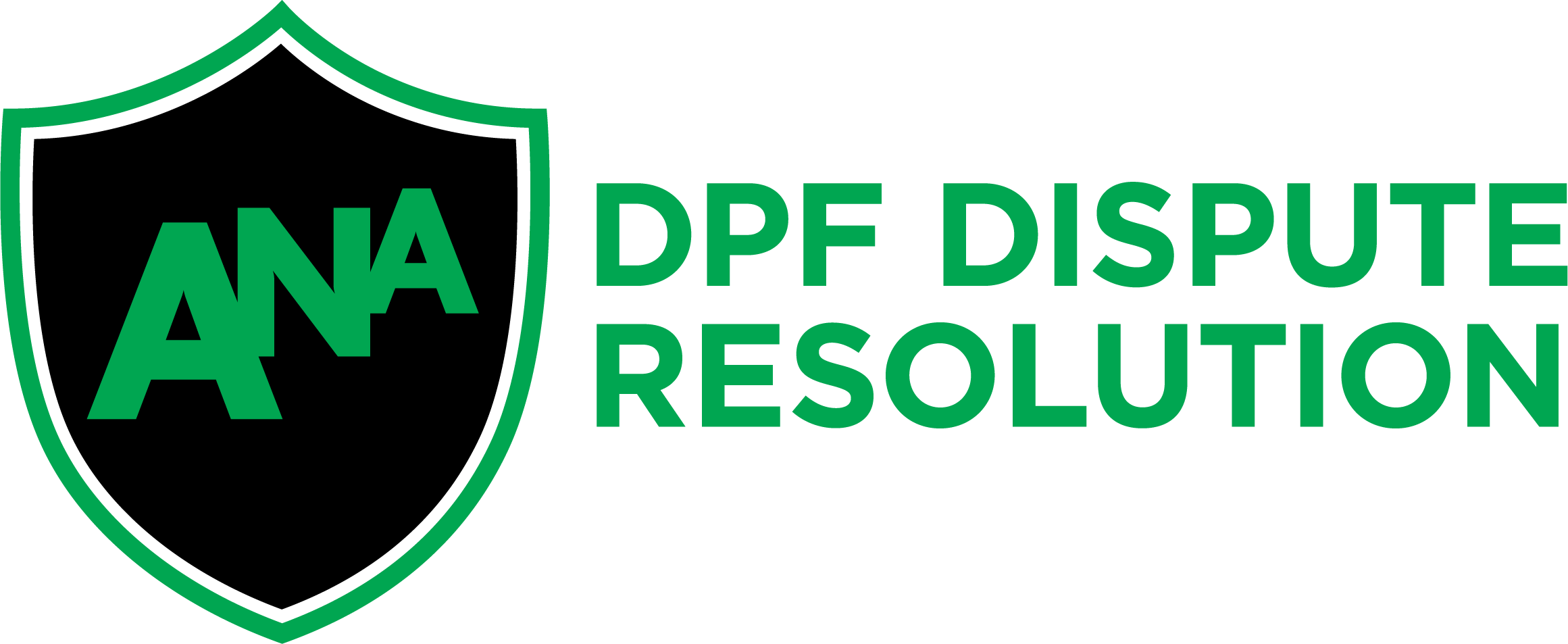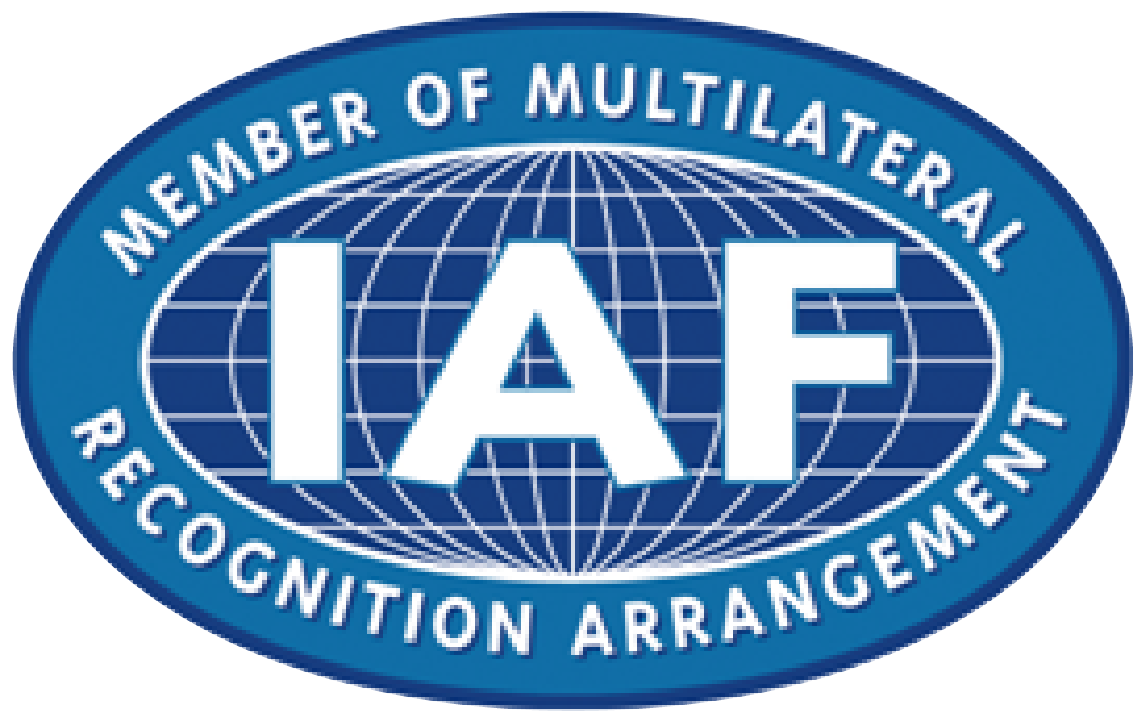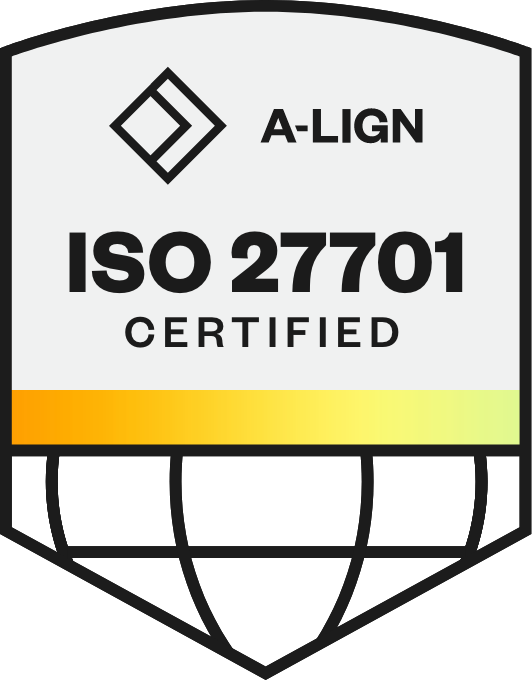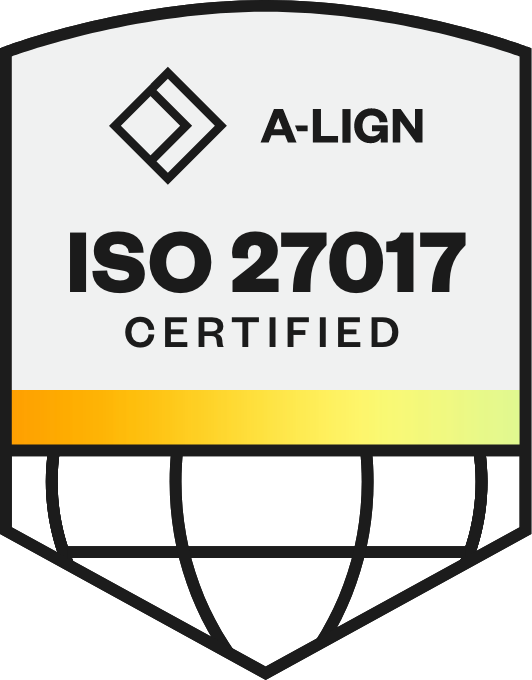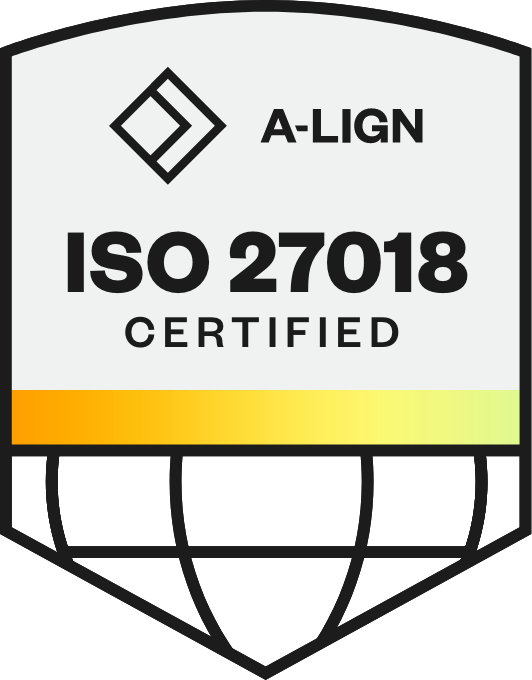
Who & What You Need to Drive Long-Term HR Tech Adoption
Launching a new HR tech platform is a major milestone, but its long-term success depends on what happens next. Without a structured post-go-live support team, organizations risk slow adoption, inefficiencies, and frustrated users. To fully maximize the investment, companies need a scalable framework that ensures seamless adoption, ongoing support, and continuous optimization.
In the 4th Chapter of Customer Obsession Day Series, Alison Ebling, Senior Director of Global Customer Care at Phenom, led a discussion on what it takes to build a sustainable post-go-live support team. This highlight breaks down key strategies, team structures, and collaboration models that help organizations maintain momentum beyond go-live.
Watch the full conversation here or read on for the highlights.
Building the Right Post-Go-Live Support Team
Successfully launching a new HR tech platform is only the first step — long-term success depends on having the right support structure in place. Without it, organizations risk slow adoption, inefficient troubleshooting, and underutilization of key features. A well-defined post-go-live team ensures the platform continues to drive measurable impact, keeping HR teams efficient and employees engaged.
1. Your Support Strategy is Key to Maximizing Your HR Tech Investment
HR technology only delivers value when it’s fully adopted and actively used. At Phenom, we believe every customer deserves a strong foundation of support from day one — that's why our standard support gives every organization 24/7 access to monitor their platform and the tools they need to be successful. As your needs evolve, we scale with you.
For growing organizations, our advanced support package includes enhanced capabilities like application performance monitoring. And when you need that extra level of partnership, our premium support delivers the white-glove experience of a dedicated Technical Support Account Manager (TSAM) who becomes an extension of your team. We're committed to being the partner you need at every stage of your journey — providing the right level of support to match your organization's unique requirements and growth.
Learn more about Phenom Support Packages.
2. Early Involvement Prevents Adoption Barriers
The most effective post-go-live strategies start before implementation. Ebling stressed the importance of preparing support teams early: “Make sure your support folks are part of the planning, implementation, UAT testing, and training phases. That way, when you hit the go-ive button, they’re not scrambling to catch up — they’re ready to crush it from the start.”
By involving support teams early, organizations can:
Anticipate and prevent user challenges before they escalate
Train internal champions to provide first-line support
Reduce ticket volumes by addressing common questions upfront
3. There’s No One-Size-Fits-All Support Model
Every company has unique needs, and its support structure should reflect that. A lean team may rely on a single Phenom Champion, which we will explain later in the blog, while a large enterprise may require multiple specialized champions managing different aspects of the platform. The goal is to design a scalable, adaptable support system that evolves as business needs change.
Core Roles for a Post-Go-Live Support Team
To ensure Phenom drives long-term success, organizations need a structured post-go-live team that provides ongoing platform support, user training, and issue resolution. The ideal structure depends on company size and complexity.
The Phenom Champion: The Backbone of Your Support Team
Every organization needs a Phenom Champion — the primary expert who ensures the platform is fully integrated, optimized, and aligned with business needs. This person plays a strategic and operational role, leading user training, troubleshooting, and adoption efforts.
“This person wears all the hats and is crucial in driving the product, vision, strategy, and alignment across departments,” shared Ebling.
Specialized Roles: Scaling Your Support Team
As organizations grow, support needs become more complex. Expanding beyond a single champion ensures faster troubleshooting, streamlined operations, and better adoption. Here are just a few people you may want to consider adding to your team:
Product Strategist – Shapes long-term platform strategy and aligns Phenom’s features with business objectives.
Operations Lead – Manages daily user inquiries and internal troubleshooting, preventing minor issues from escalating.
Technical Specialist – Oversees ATS integrations, SSO configurations, and security protocols to ensure technical stability.
User Experience Advocate – Optimizes the career site, chatbot, and CMS to enhance the candidate and recruiter experience.
Each role ensures that different elements of the Phenom platform run efficiently, creating a seamless experience for employees and candidates.
Models for Structuring Your Support Team
A well-structured support team ensures Phenom remains fully operational, scalable, and aligned with business goals long after go-live. The structure of this team depends on company size, available resources, and complexity of platform usage.
Organizations typically adopt one of the following three models when structuring their post-go-live support teams.
1. Single-Champion Model: Centralized Ownership
A well-structured support team ensures Phenom remains fully operational, scalable, and aligned with business goals long after go-live. The structure of this team depends on company size, available resources, and complexity of platform usage.
This approach works well for lean teams, as long as the Champion has strong leadership support and a well-defined backup plan to ensure continuity during transitions.
2. Hybrid Team Model: Shared Responsibility
As organizations grow, relying on a single champion can become more difficult. A hybrid model distributes responsibilities across a small but focused support team.
This approach typically includes:
A lead champion managing platform strategy and user engagement
A support team handling daily inquiries and troubleshooting
A technical resource to oversee integrations and configurations
This structure allows for better issue resolution, faster response times, and improved scalability.
3. Specialist Team Model: Scalable & Distributed
For large enterprises, a dedicated, role-specific support structure ensures efficient management of Phenom across multiple regions and departments.
This model distributes responsibilities across a specialized support team, each focusing on key areas such as technical stability, user operations, and experience optimization.
A specialist-driven approach allows for:
Faster, targeted troubleshooting through designated subject matter experts
Proactive management of platform enhancements and new feature adoption
Scalability as business needs evolve
The right model depends on company size, complexity, and long-term goals.
Collaborating with Stakeholders for Success
Making sure the platform remains impactful after go-live often hinges on strong relationships across departments. Frequent alignment meetings — whether weekly touchpoints or monthly reviews — give teams a chance to pinpoint challenges, share best practices, and stay informed about key updates. By discussing issues in real time, organizations can prevent minor friction points from becoming major obstacles down the road.
Encouraging consistent engagement among stakeholders also keeps everyone motivated to refine the platform. Teams that define each person’s responsibilities, regularly communicate successes and roadblocks, and encourage knowledge sharing see smoother execution overall. This could involve inviting regional specialists to brief each other on trends or progress, or setting up channels where quick questions can be addressed. When communication is clear and proactive, Phenom transforms into a catalyst for progress.
Managing the Go-Live Phase
Rolling out Phenom shifts the focus from planning to real-world use, where employees put the platform’s capabilities to the test. In these first few weeks, a structured hyper-care period can make all the difference — by capturing, categorizing, and resolving issues promptly, teams reduce confusion and maintain user confidence.
Hyper-Care Period: Laying the Groundwork
For many companies, hyper-care spans the first four to six weeks. During this time, user feedback is collected through a dedicated process — often a centralized form or ticketing queue — so the support team can quickly distinguish training gaps from genuine technical obstacles.
Tips for Triaging Internally
Efficient triaging keeps teams agile and prevents bottlenecks. With 24/7 access to Phenom's comprehensive support tools and monitoring, our teams can effectively partner to address issues. Before escalating an issue externally, consider these steps:
Categorize the issue's urgency. Start by accessing your 24/7 Support Portal and Platform Monitoring page to determine:
Is it blocking critical operations or a minor user concern?
Check real-time system health and integration performance via APM
Monitor for any related system alerts
Verify training resources. Try to find answers to your support issue through our always-on learning resources including:
Phenom Explorer (LMS) training materials
User Community knowledge base
Support documentation and guides
Document before escalating. When a concern does require outside help, use your 24/7 Support Portal to:
Gather key details (screenshots, steps to replicate, error messages)
Submit with proper categorization
Track resolution progress in real-time
A clear, proactive approach during go-live, organizations helps establish the processes the team will rely on well after hyper-care ends — setting a steady course for ongoing adoption and success.
Sustaining Excellence Beyond Go-Live
Once the initial launch and hyper-care periods wrap up, organizations can shift their focus from immediate fixes to ongoing improvement. Ensuring that employees continue to develop their skills and stay informed about new Phenom features keeps the platform relevant, effective, and aligned with evolving talent needs.
Ongoing Training and Feedback Loops
So how can you ensure employees are aware of updates or upgrades?
Regular knowledge refreshers and open communication channels help users deepen their platform understanding long after go-live. Here are a few ways to do that:
Set up internal “power user” groups or host quarterly refresher sessions to capture new insights and share best practices.
Maintain a knowledge base where employees can quickly find answers to common questions, reducing the need for escalations.
Have resources accessible, like interactive FAQs, quick reference guides, or tutorial videos to enable self-service learning at the user’s convenience.
Send out surveys and informal check-ins to let teams gather suggestions for improvement, tackle emerging challenges, and keep documentation up to date.
By creating a culture of continuous learning, companies can adapt swiftly to product updates and maintain high user engagement over time.
Building a Future-Ready Support Framework
A well-planned, scalable support structure transforms go-live from a one-time event into a launchpad for ongoing success. By distributing responsibilities appropriately — whether through a single champion, a hybrid team, or a network of specialized roles — organizations set themselves up for faster response times, better adoption, and smoother collaborations across departments.
As business priorities shift and new features emerge, adaptability and open communication remain vital. Ensuring every stakeholder has a voice, continuously updating training resources, and monitoring performance metrics all help keep Phenom aligned with organizational goals.
With the right structure and mindset, your go-live is just the beginning of operational excellence.
Interested in learning more about Phenom's support offerings? Learn more about Phenom Support Packages. Connect with our team today or reach out to your Account Manager to explore how we can help elevate your talent acquisition experience.
Apurba is a writer who specializes in creating engaging content, backed by storytelling, data, SEO and a cup of coffee. When she’s not writing, she’s reading, cooking fusion food, or curiously traveling like a local.
Get the latest talent experience insights delivered to your inbox.
Sign up to the Phenom email list for weekly updates!


